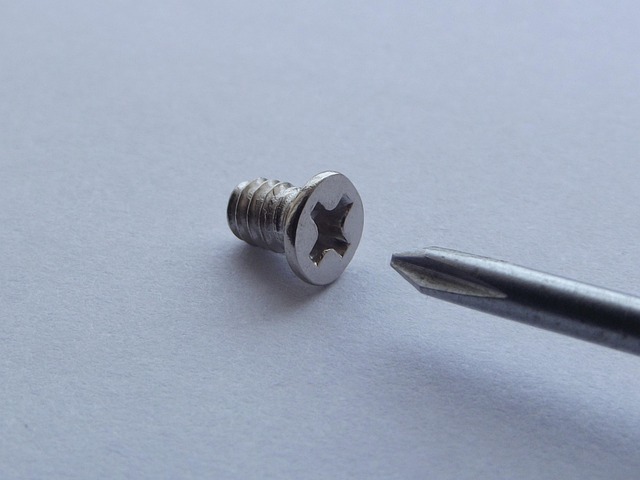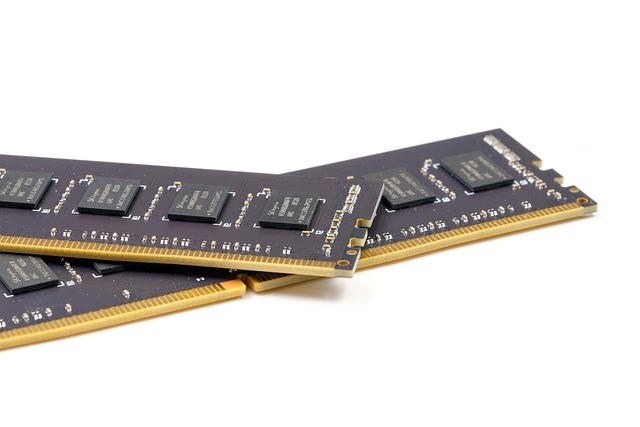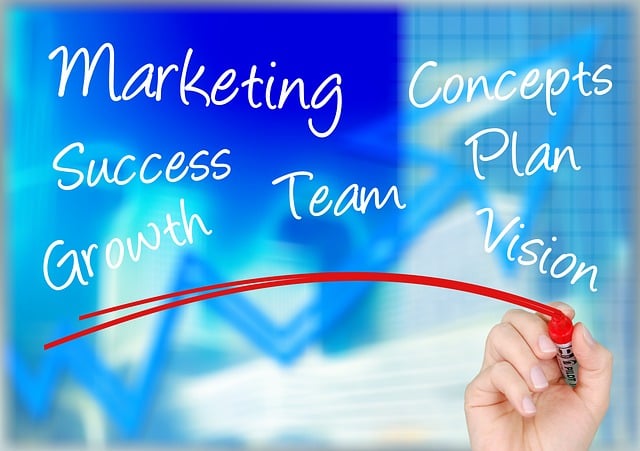Equipment financing is a game-changer for startups aiming to secure market entry. It provides access to essential equipment without upfront capital, allowing focus on product development and team building. By partnering with financial institutions or lenders, startups can access tailored repayment structures aligned with their cash flow. This facilitates smoother market entry for various projects, from manufacturing machinery to digital software licenses, empowering startups to compete effectively from day one.
“Equipment financing is a game-changer for startups aiming to secure funding for their initial projects. This comprehensive guide explores how access to specialized equipment can facilitate a startup’s journey towards market entry. We delve into the benefits, from cost savings and tax advantages to rapid deployment of assets. Additionally, we provide a step-by-step process overview and real-world case studies, offering valuable insights for entrepreneurs seeking strategic financing options to boost their competitive edge in the market.”
- Understanding Equipment Financing for Startups
- Benefits of Equipment Financing for Market Entry
- Navigating the Process: Steps to Secure Financing
- Case Studies: Successful Equipment Financing Strategies
Understanding Equipment Financing for Startups

For startups, equipment financing is a game-changer when it comes to funding their initial projects and securing a strong market entry. This type of financing allows businesses to obtain high-quality equipment needed for operations without having to invest a significant portion of their capital upfront. By leveraging equipment financing, startups can focus on product development, marketing strategies, and team building, rather than being weighed down by substantial equipment purchases.
The process typically involves partnering with financial institutions or specialized lenders who provide funding based on the value of the equipment. This offers flexibility in terms of repayment structures, allowing startups to align loan terms with their cash flow patterns. Furthermore, equipment financing can be tailored to meet specific startup needs, whether it’s acquiring machinery for manufacturing, computer hardware for R&D, or software licenses for digital projects. Such customized solutions facilitate a smoother transition into the market, empowering startups to compete effectively from day one.
Benefits of Equipment Financing for Market Entry

For startups, equipment financing is a powerful tool that opens doors to efficient market entry strategies. It allows businesses to acquire essential assets and machinery without the upfront cash outlay, which is often a significant barrier for new enterprises. By leveraging equipment financing, startups can obtain the necessary tools and resources to begin operations, compete in their industry, and gain a competitive edge.
This funding method provides flexibility and customization options tailored to each startup’s unique needs. It enables young companies to scale their operations as they grow, ensuring they have the right equipment at every stage of development. Additionally, equipment financing can simplify financial planning by offering fixed payment structures, allowing startups to better manage cash flow and predict expenses related to asset ownership.
Navigating the Process: Steps to Secure Financing

Navigating the equipment financing process for startup project funding involves several key steps. First, define your project scope and the specific equipment needs to ensure a clear understanding of requirements. This helps in identifying the right type of financing options suitable for your market entry strategy. Next, prepare a detailed financial plan outlining projected costs, cash flow forecasts, and repayment capabilities. This demonstrates your financial viability to potential lenders or investors.
Additionally, build relationships with industry experts, financiers, or leasing companies who specialize in equipment financing. Their insights and networks can guide you through the process. Explore various funding channels, including bank loans, lease financing, or crowdfunding platforms tailored for startups. Each option has its advantages and considerations, so evaluate them based on terms, interest rates, and flexibility to align with your project timeline and budget.
Case Studies: Successful Equipment Financing Strategies

Equipment financing plays a pivotal role in empowering startups to secure essential assets for their projects, facilitating a smoother market entry strategy. Case studies highlight diverse approaches that have led to successful outcomes. For instance, some tech startups leveraged lease-to-own models, allowing them to acquire cutting-edge machinery without upfront costs. This strategy not only provided flexibility but also enabled regular equipment upgrades as the business evolved.
Another notable case involves a healthcare startup that partnered with financial institutions to secure funds for state-of-the-art medical equipment. By aligning with investors focused on innovative solutions, they were able to secure capital for advanced machinery, ensuring high-quality patient care from the outset. These real-world examples underscore the versatility and importance of equipment financing in fueling entrepreneurial ambitions and driving market entry with confidence.














